Turhan Bey: Hollywood’s ‘Turkish Delight’ star leading Middle Eastern representation
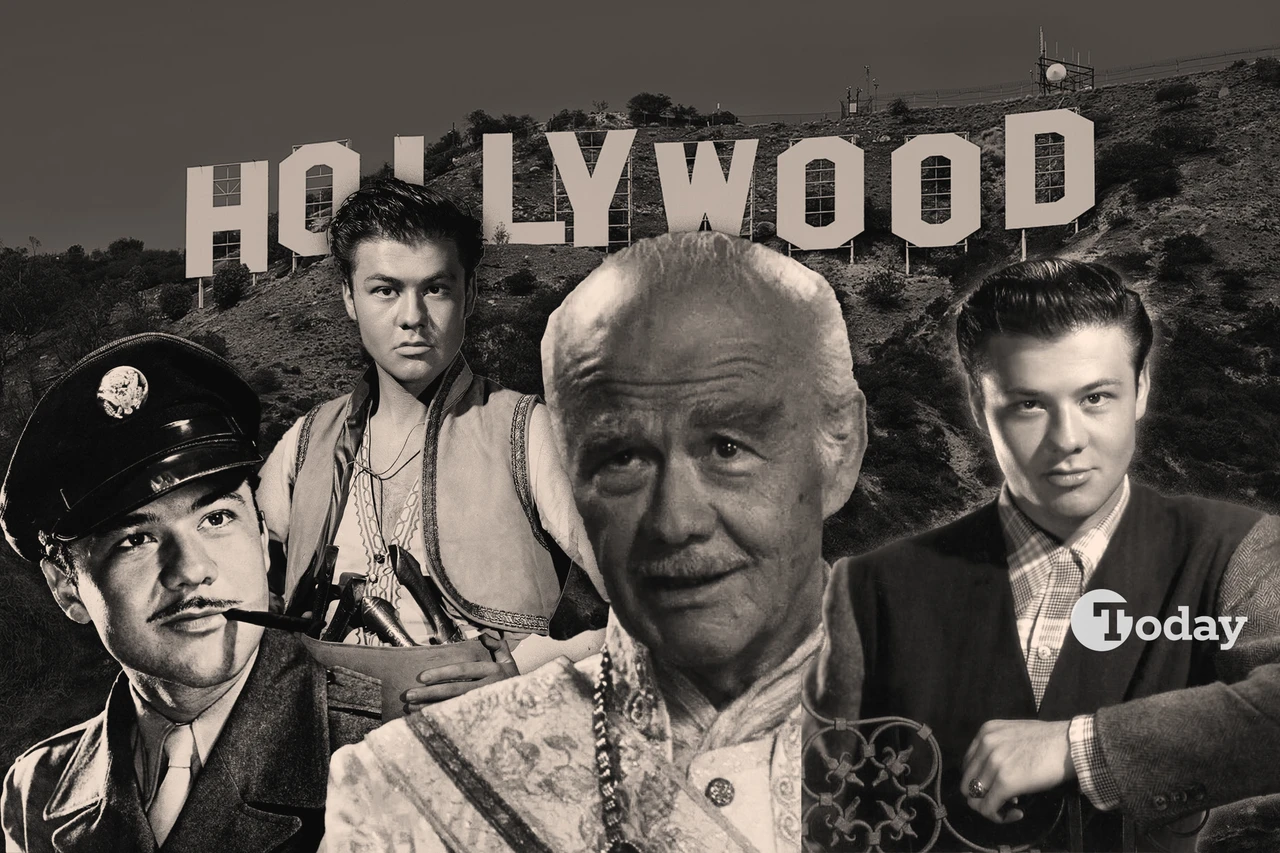 Photo depicting different role Turhan Bey has acted through his carreer. (Collage prepared by Mehmet Akbas)
Photo depicting different role Turhan Bey has acted through his carreer. (Collage prepared by Mehmet Akbas)
Turhan Bey, born Turhan Gilbert Selahattin Sahultavi in Vienna on March 30, 1922, left an indelible mark on Hollywood as one of the few actors of Middle Eastern descent to gain prominence in the 1940s.
Turhan Bey’s career in Hollywood, shaped by his Turkish heritage and Czech-Jewish roots, showcased a unique cultural fusion that helped bring depth and sophistication to portrayals of Middle Eastern characters on screen, despite prevailing stereotypes.
His story is one of resilience and adaptation, from fleeing Nazi-annexed Austria to building a career that bridged cultural divides in American cinema.
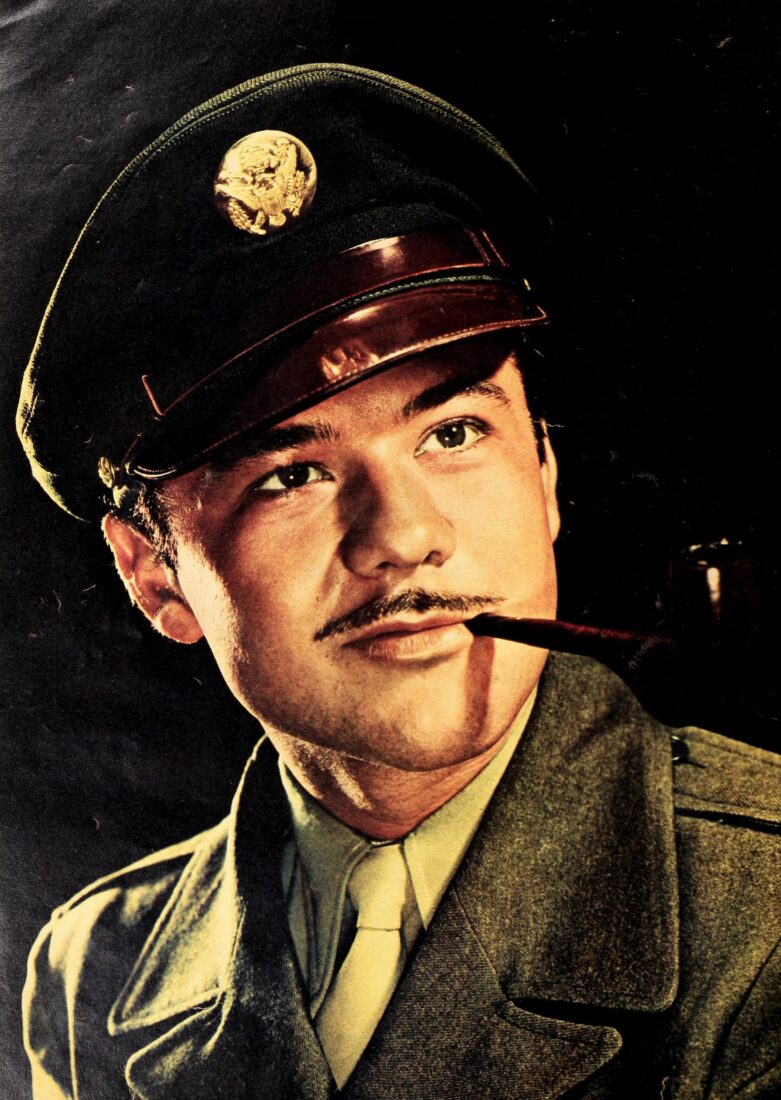
Early life of Turkish Hollywood star Turhan Bey, move to the United States
With a Turkish diplomat father and a Czech-Jewish mother, Turhan Bey’s upbringing was steeped in Ottoman and European influences.
However, the Nazi occupation of Austria in 1938 forced his family to flee to the United States, where he began a new life at age 16. This displacement had a lasting impact on Turhan Bey, who, while adapting to his new homeland, carried a deep connection to his heritage.

This connection was emphasized by his father, who taught him the significance of the Turkish honorific “Bey” in his identity, which he adopted as his stage name.
In Los Angeles, Turhan Bey studied acting under Ben Bard, quickly earning a reputation for his captivating looks and charm. His Hollywood debut came in 1941, and his breakout role soon followed, gaining him the moniker “The Turkish Delight” from fans enamored by his performances.
Turhan Bey’s rise in Hollywood and iconic roles with Maria Montez
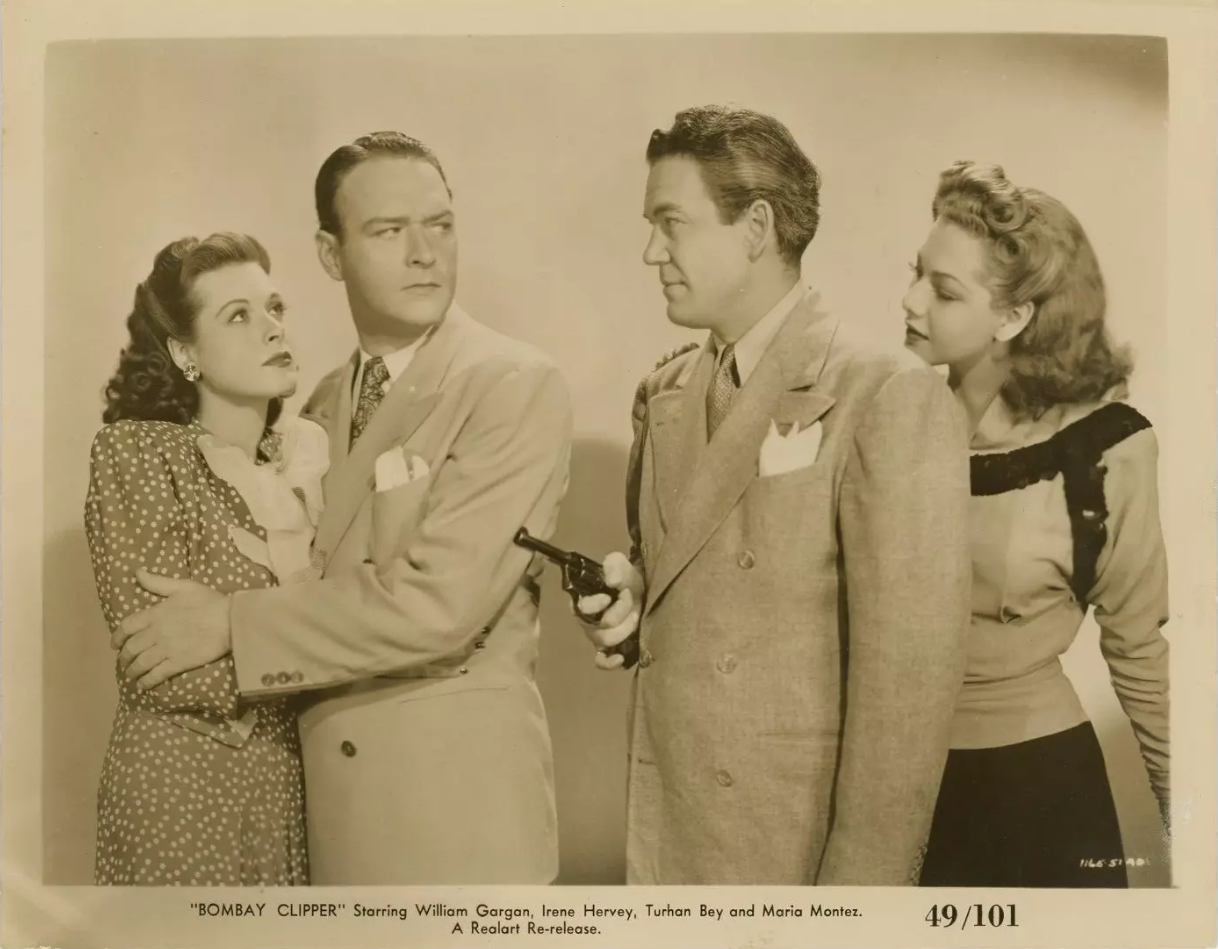
Turhan Bey’s career took off through his collaborations with actress Maria Montez in popular adventure films of the time, including Arabian Nights (1942) and Ali Baba and the Forty Thieves (1944). These “escapist” movies resonated with American audiences in the midst of World War II, offering exotic adventures as a respite from the harsh realities of wartime.
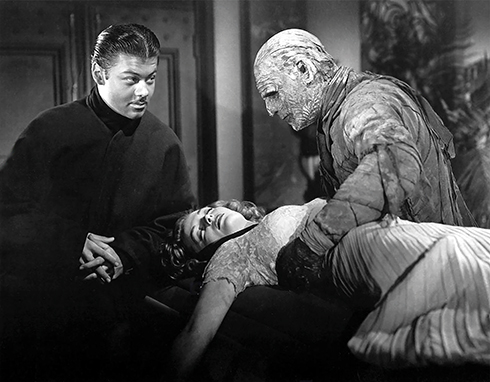
Turhan Bey’s roles varied vastly, from mysterious villains and romantic heroes to side horror antagonists, adding a layered approach to what might have been one-dimensional parts.
Despite some of the stereotypical elements present in these roles, Turhan Bey’s performances helped add complexity and dignity to his characters, pushing back subtly against Hollywood’s reductive portrayals of Middle Eastern figures.
Shaping Middle Eastern representation in Hollywood
During an era when actors were often cast in “exotic” roles that did not align with their actual backgrounds, Turhan Bey’s presence was notable.
Although he sometimes accepted roles that fed into stereotypes, Turhan Bey infused his characters with authenticity and gravitas, creating a space for more nuanced representations of Middle Eastern and Ottoman-inspired characters.
His impact, which set a precedent for broader representation in American cinema, has been acknowledged by modern actors like Riz Ahmed, who have cited Bey as a pioneering figure.
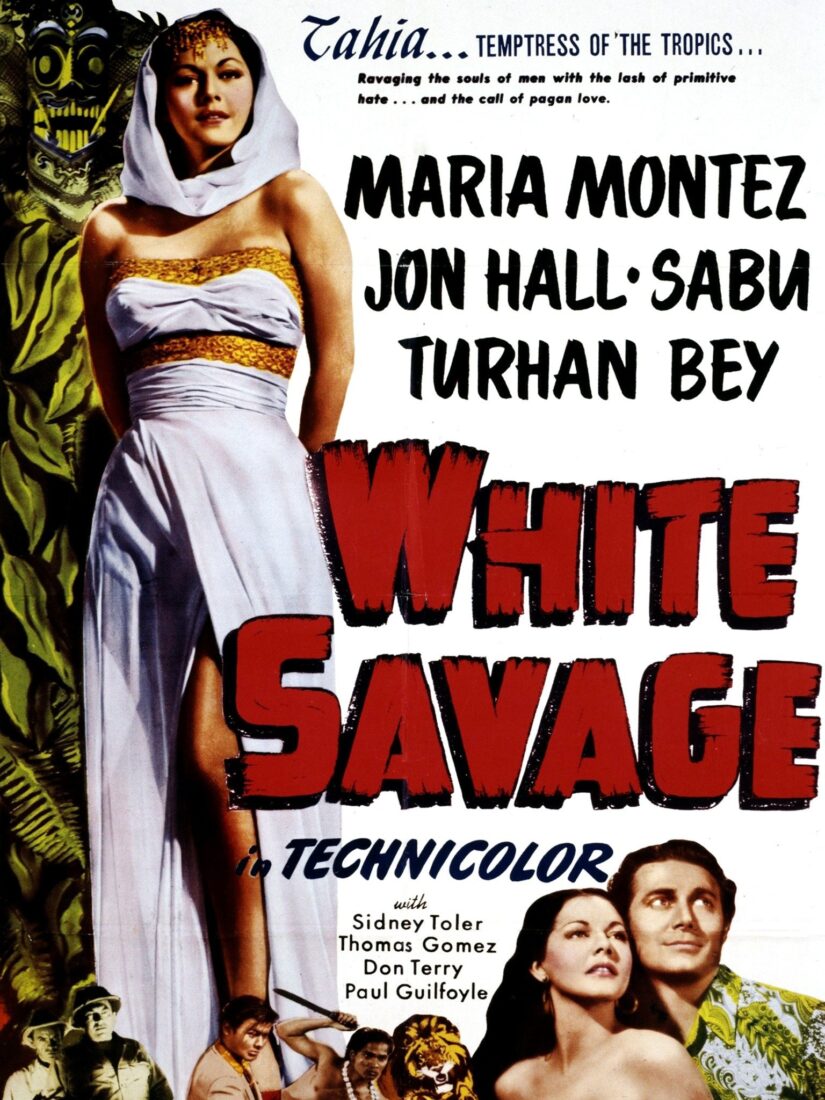
Turhan Bey’s versatility was also on display in Dragon Seed (1944), where he appeared alongside Katharine Hepburn as a Chinese political insurgent. This role underscored his adaptability and willingness to take on roles that crossed cultural boundaries, a feat that highlighted both the limits and potential of casting practices of the time.
Later life and enduring legacy of Turhan Bey
By the 1950s, as interest in fantasy-driven, escapist films began to wane, Turhan Bey left Hollywood and returned to Vienna, where he pursued commercial photography and stage direction. His work in photography was often influenced by themes of identity and culture, drawing on his experiences as an immigrant artist.

Turhan Bey eventually returned to acting in the 1990s with roles on television series like Murder, She Wrote and Babylon 5, where he played an emperor named Turhan, a role that paid homage to his cultural roots.
Turhan Bey passed away on September 30, 2012, yet his contributions to Hollywood continue to resonate.
His journey as one of the first actors of Turkish descent to achieve international recognition paved the way for a new generation of Middle Eastern and Turkish actors seeking representation in global entertainment.
In interviews later in life, he offered a candid reflection on Hollywood, expressing gratitude for the opportunities he had while also recognizing the limitations of the industry.
Despite challenges like typecasting, his work has left a lasting influence on the film industry, inspiring both audiences and actors to push beyond stereotypes.
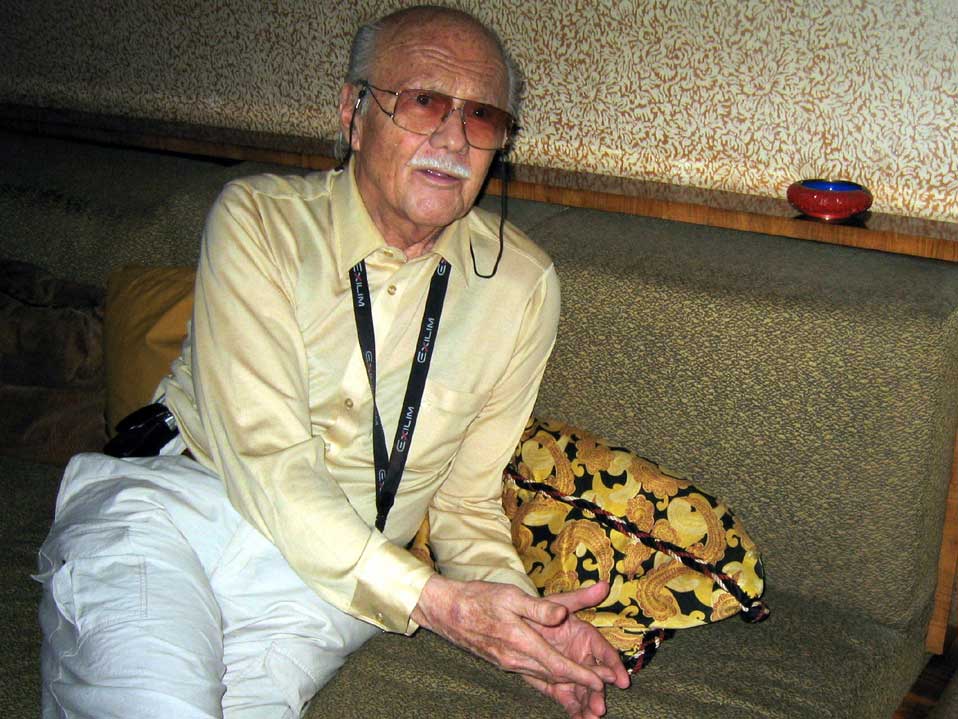
Turhan Bey’s career represents an early chapter in the ongoing evolution of Middle Eastern representation in Hollywood, showcasing the value of complex, human portrayals over simplistic caricatures. Today, his work stands as a testament to the power of bridging cultural divides and the lasting impact of pioneering figures in American cinema.



